Optimal Timing for Fire Restoration
Understanding the optimal timing for fire restorations is crucial for effective cleanup and damage mitigation. Factors such as weather conditions, fire seasonality, and property occupancy influence the best periods to undertake restoration projects. Proper timing ensures safety, reduces costs, and enhances restoration quality.
Restoring properties soon after fire season minimizes damage escalation and prevents mold growth. Early intervention can reduce long-term costs and structural issues.
Dry and mild weather conditions are ideal for fire restorations. Avoiding rainy or humid periods prevents additional complications like water damage and mold.
Restorations during periods of low occupancy or after fire-related evacuations can reduce disruption and allow for more extensive work.
Understanding local fire risk periods helps prioritize restoration efforts. In California, late summer to early fall typically presents higher fire risks.

Assessing fire damage promptly is vital for planning effective restoration strategies.
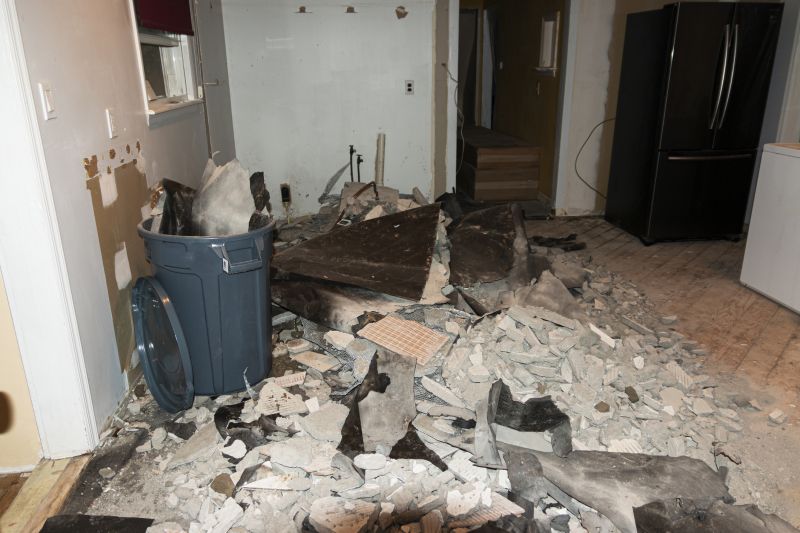
Removing debris early prevents further damage and prepares the site for repairs.

Securing the structure during dry weather conditions helps prevent collapse or additional damage.
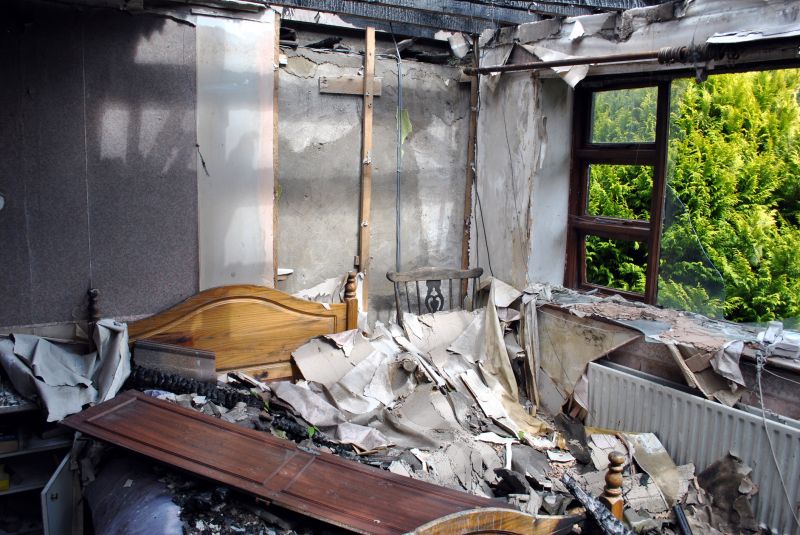
Ways to make Fire Restorations work in tight or awkward layouts.
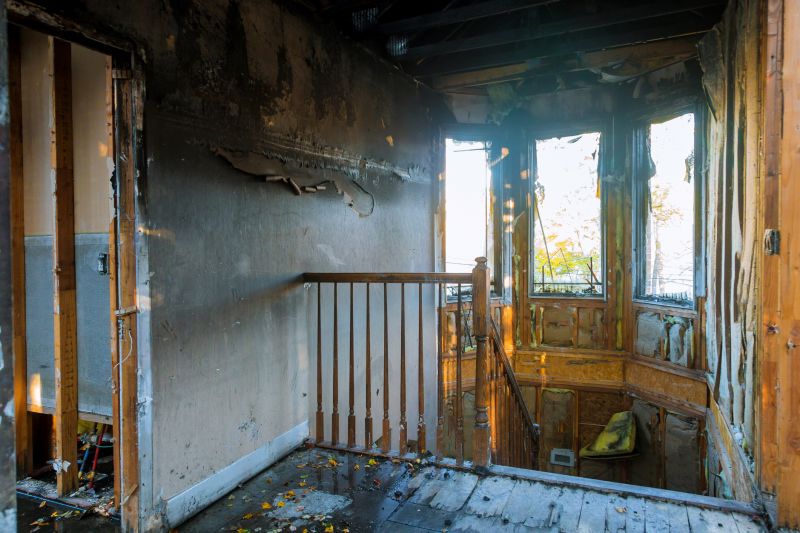
Popular materials for Fire Restorations and why they hold up over time.
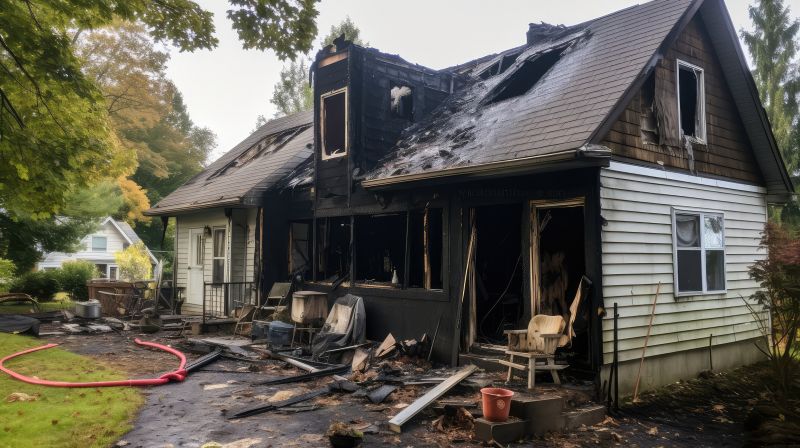
Simple add-ons that improve Fire Restorations without blowing the budget.
| Season | Optimal Restoration Timing |
|---|---|
| Spring | Ideal for comprehensive repairs and mold prevention. |
| Summer | Suitable for extensive restoration work during dry, warm weather. |
| Fall | Good for final repairs before winter, especially after fire season. |
| Winter | Limited window; best for interior work and drying processes. |
| Fire Season | Immediate response is critical, but full restoration is best scheduled afterward. |
Fire damage varies based on fire intensity, materials involved, and environmental conditions. Restorations require specialized techniques to address smoke and soot residue, structural weakening, and water damage from firefighting efforts. Conducting restorations during suitable weather and seasonal windows enhances outcomes and ensures safety.

Effective cleaning techniques are essential for restoring air quality and property appearance.
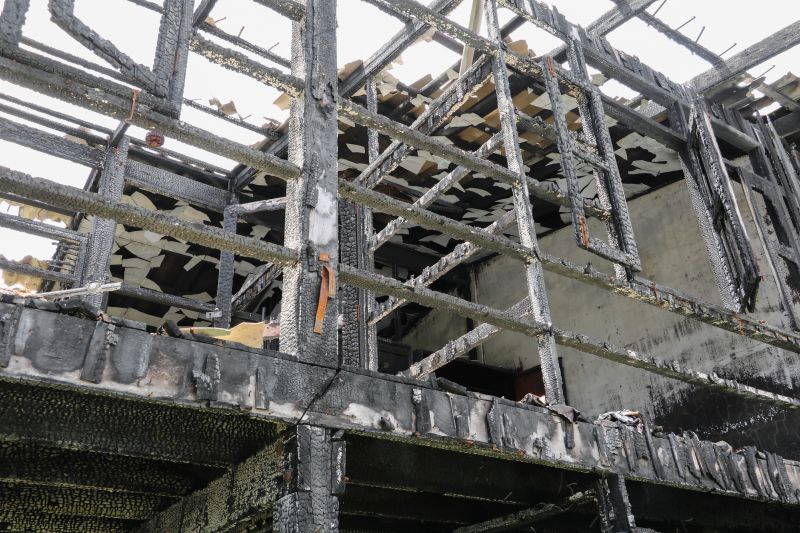
Restoring structural integrity is critical and is best performed during dry seasons.

Addressing water damage promptly prevents mold and further deterioration.
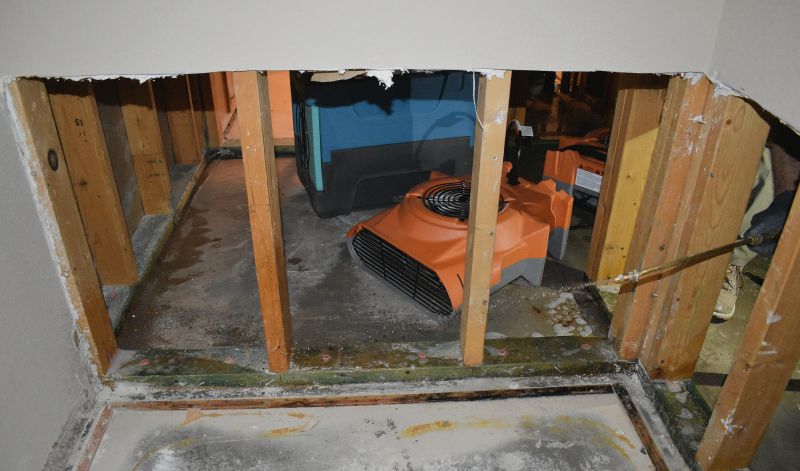
Specialized odor removal techniques are most effective during dry, well-ventilated periods.
Those interested in fire restorations are encouraged to contact for more information. Proper timing and expert planning are vital for effective recovery from fire damage, ensuring safety and minimizing costs.
